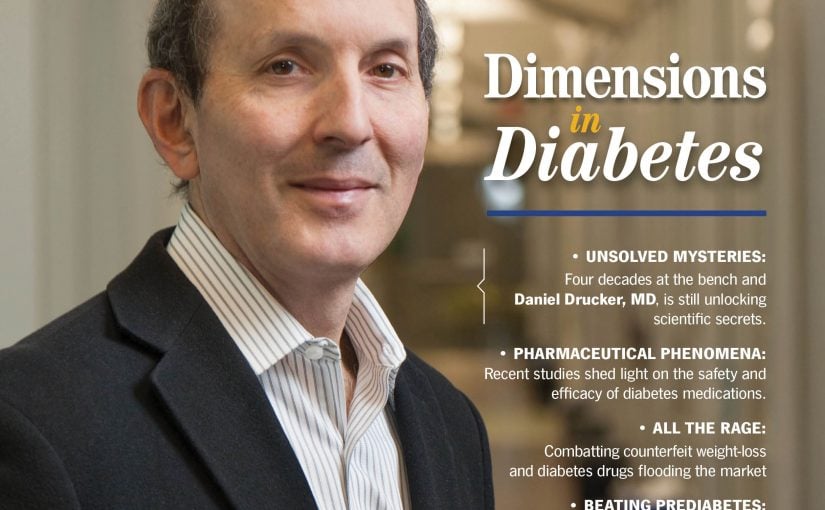A study of more than 9,000 men from the United States and Europe has defined a harmonized range for total testosterone in non-obese men aged 19 to 39, according to a study recently published in The Journal of Clinical Endocrinology & Metabolism.
Researchers led by Shalender Bhasin, MD, of Brigham and Women’s Hospital, Harvard Medical School in Boston, Mass., point out that “rigorously derived reference ranges are essential for distinguishing ‘healthy’ from ‘diseased’ individuals and constitute the foundation of our contemporary approach to making the diagnosis of clinical disorders.” Therefore, the authors write, they wanted to establish reference ranges of testosterone to distinguish between low and normal ranges, in order to better diagnose hypogonadism.
“Well-defined reference ranges are at the heart of clinical practice and without them clinicians can make erroneous diagnoses that could lead to patients receiving costly, lifelong treatments that they don’t need or deny treatments to those who need them,” Bhasin says. “Our data establish a reference range for testosterone. These data also show that variations in assays is an important contributor to variation in testosterone levels in cohorts from different geographic regions. Clearly we need standardization in all hormone assays.”
The researchers obtained serum testosterone samples from men who had already had their testosterone levels assayed locally. The samples were sent to the Centers for Disease Control and Prevention’s (CDC) Clinical Standardization Programs at the National Center for Environmental Health where testosterone concentrations were measured using a higher order liquid chromatography tandem mass spectrometry method.
They then used the results from both measurements to generate harmonized values, which were in turn used to derive standardized, age-specific reference ranges overall. The harmonized normal range for testosterone in a non-obese population of European and American Men, 19-39 years, is 264-916 ng/dL.
“Without harmonized reference ranges and standardized assays, tests can lead to misdiagnoses and unfortunately this happens every day around the world,” says Hubert Vesper, PhD who is also a co-author of the study and co-chair of The Partnership for the Accurate Testing of Hormones (PATH). “Now we have a reference range for testosterone, and it’s important that we take this into consideration in the tests that clinicians and patients depend on for accurate diagnoses.”

